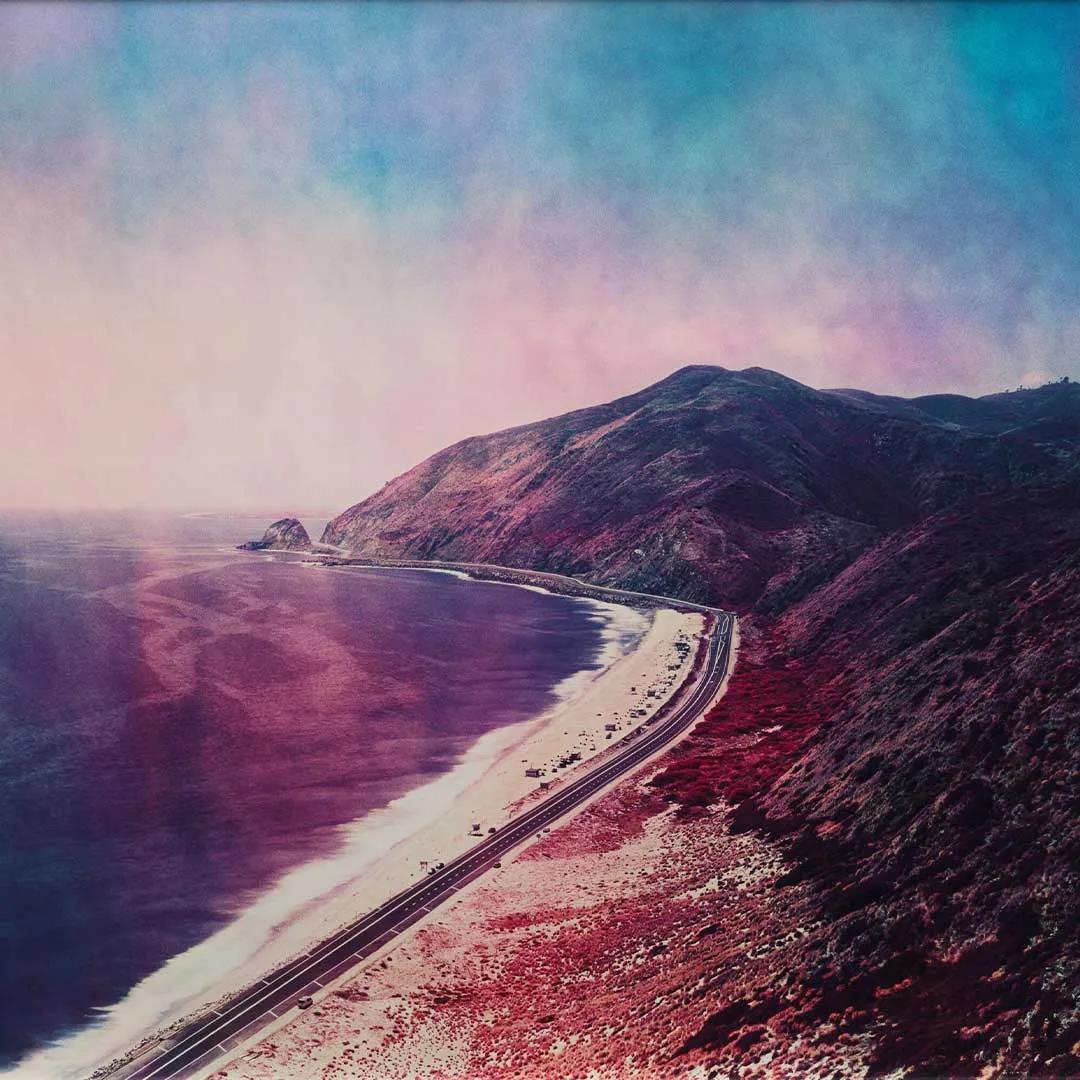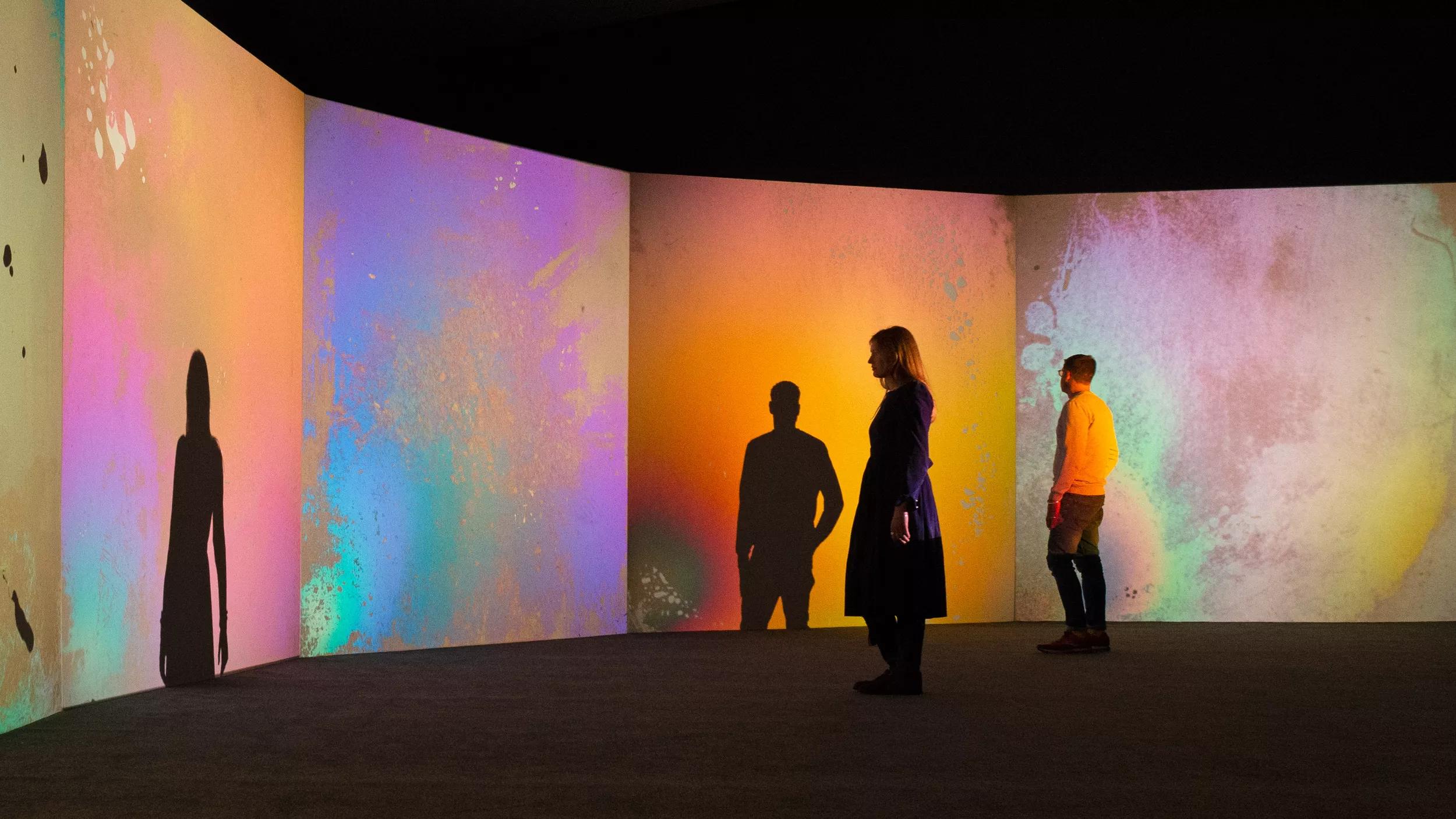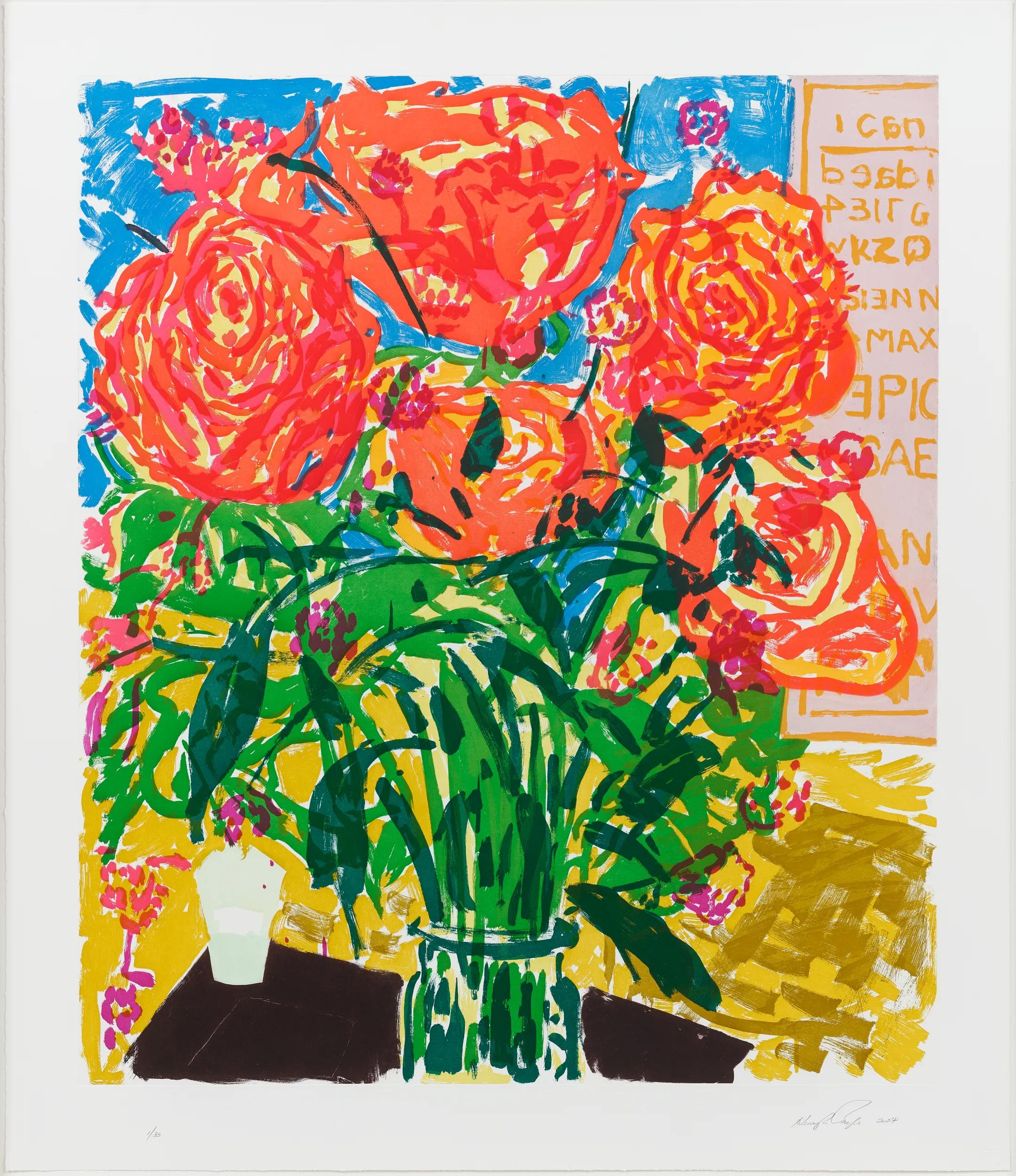
Monika Sosnowska
1 July - 17 September 2017
Los Angeles
Beginning 1 July 2017, Hauser & Wirth Los Angeles is pleased to present Monika Sosnowska the first Los Angeles solo exhibition for the noted Polish artist. The exhibition features a new body of work that responds to characteristic elements of existing 1960s Polish architecture in sculptural installations that reflect and riff upon history and personal experience. Wrought from industrial materials and objects, Sosnowska's works ‘sample’ various architectural details that she idiosyncratically warps in order to immerse viewers in environments that are both uncannily familiar and disconcertingly surreal. This tension in Sosnowska’s work stems from the ways in which she deftly draws from an artistic and architectural vocabulary from Poland’s socialist past – a time more recent than it seems. Sosnowska’s distinctive interpretations of geography, governance, and architecture breathe new life into the larger context of postmodern sculpture, and follow a continuum of sculptural breakthroughs marked by Louise Bourgeois’s monolithic spiders, Tony Smith’s spatial matrices, and Robert Morris’s large-scale modular units. On view though 17 September, the exhibition at Hauser & Wirth is comprised of six major sculptural works previously presented in Sosnowska’s critically admired museum solo exhibition, 'Habitat,' which inaugurated The Contemporary Austin’s expansion in 2016. About the Exhibition Focusing on the effects of Modernism across Europe and in her hometown of Warsaw, Poland Sosnowska has devoted much of her career to recording the political and architectural landscape that evolved in the aftermath of the destruction of WWII. Her sculptures and installation suggest a refusal to forget the recent past, capturing the sense of rapid transformation that Sosnowska witnesses as political power shifted from Communist to Neo-Liberal governance in Poland. Modern architecture and urban planning of the 1960s stimulated the promise of Utopia in war-ravaged cities, and Warsaw in particular hosted burgeoning Communist ‘Eastmodern’ redevelopment in the mid-twentieth century. Public spaces were created and new, ordered architecture appeared. But in the late 1980s, as the artist was coming of age, this architectural growth came to a halt with the rise of a new capitalist regime. Public spaces disappeared, buildings were destroyed, and the resulting trauma to Polish society at large etched itself upon Sosnowska’s sensibility. A sense of society’s arrested development and reversal seem to shape her sculptures. While her pulled and hammered monoliths at first appear to adhere to the fundamental rules of architecture and functionality (a staircase here, a doorknob or handrail there), closer inspection confounds. Sosnowska manipulates viewers’ perceptions by using recognizable industrial materials and forms in dysfunctional applications, materializing moments when, she explains, ‘architectural space begins to take on the characteristics of mental space.’ The six sculptures on view at Hauser & Wirth simultaneously reinforce and question our haptic perceptions of human-made space. Painted steel beams thrust from a seemingly uprooted concrete base in ‘Untitled’ (2015), a plantlike structure imploring to grow beyond its physical limitations. ‘Handrail’ (2016), the artist’s re-interpretation of a 1970s plastic-covered steel banister, curves and loops like a wall drawing, its functionality rendered moot. ‘Façade’ (2016) recalls a mass-produced building exterior in Warsaw, here collapsed into a forbidding tangle. Splayed horizontally across the gallery floor, ‘Stairs’ (2016) evokes a once-useful domestic apparatus transformed into a charged symbol. The artist redefines structural roof supports in ‘Frieze’ (2015), a concrete slab punctured by downward-bending metal slats, while the concrete-embedded door handles of ‘Relief’ (2015) comprise a portrait of life arrested worthy of a modern-day Pompeii.
Installation views
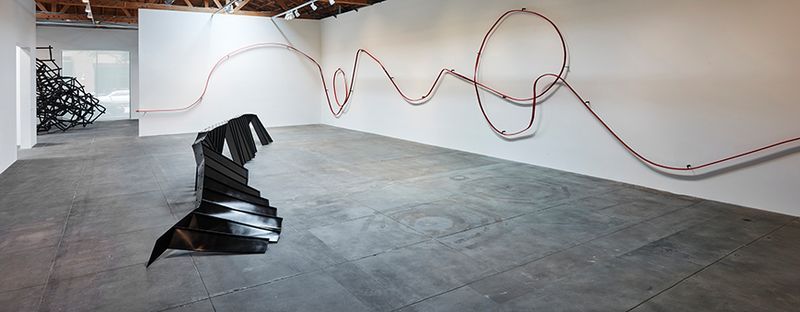

Related Content
Current Exhibitions

Firelei Báez
The Fact That It Amazes Me Does Not Mean I Relinquish It
13 September 2024 – 5 January 2025
Downtown Los Angeles
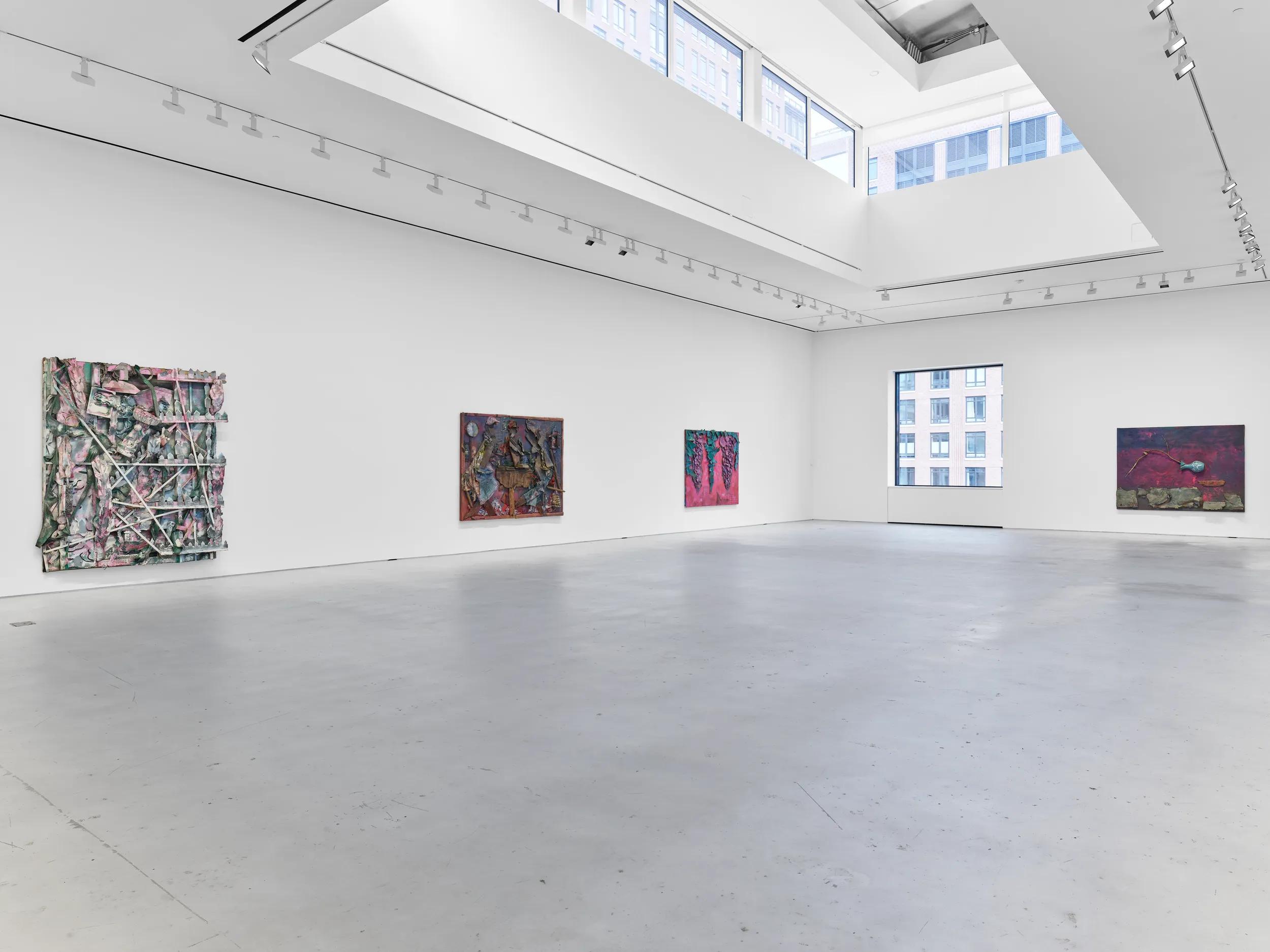
Thornton Dial - The Visible and the Invisible
2 November 2024 – 11 January 2025
New York, 22nd Street

Firelei Báez
The Fact That It Amazes Me Does Not Mean I Relinquish It
13 September 2024 – 5 January 2025
Downtown Los Angeles

Thornton Dial - The Visible and the Invisible
2 November 2024 – 11 January 2025
New York, 22nd Street
1 / 10








